Top Smartphones Of 2017 Under Rs. 40000
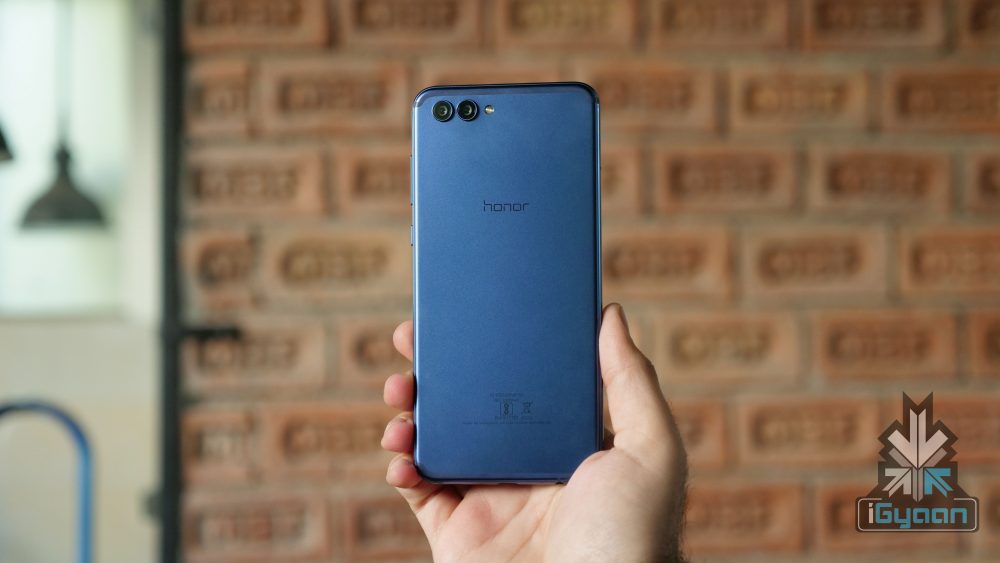
We are continuing our countdown of listing out the best phones launched in 2017. We have covered two price segments of under Rs. 10000 and Rs. 20000 already. Let’s take a look at the top phones launched in 2017 under Rs. 40000.
Moto X4
Starting off with the most inexpensive phone on the list, the Moto X4 has a lot of features that its closest competitors don’t, like an IP68 rating and a dual-camera setup together. At a starting price of Rs. 20999, the Moto X4 is a great device for people who want a great camera and a water resistance.
The Moto X4 has a 5.2 inch 1920 x 1080 px IPS LCD display with Corning Gorilla Glass on top for protection.
The Moto X4 has the Qualcomm Snapdragon 630, 2.2 GHz octa-core processor and Adreno 508 GPU, along with 3GB RAM and 32GB onboard storage which can be expanded up to 2TB via microSD card. The phone has an IP68 rating for water and dust resistance.
The smartphone runs stock Android 8.0 Oreo and is powered by a 3,000 mAh battery with TurboCharge capabilities.
The 4 in Moto X4 signifies that the new smartphone will be able to share the sound with up to 4 devices, thanks to the presence of Bluetooth 5.0.
The Moto X4 has a dual-camera setup at the back. The main camera is a 12MP sensor with an f/2.0 aperture, and the 8MP secondary camera with an f/2.2 aperture is equipped with a wide-angle lens. The dual-cameras allow users to have depth effect shots, bokeh effect shots, ultra-wide angle shots, and selective focus shots. On the front of the device is a 16MP camera with an f/2.0 aperture and an LED flash. The cameras record 4K videos at 30 FPS.
Honor 8 Pro
Competitively priced, great performance, big battery, and a dual-camera setup, the Honor 8 Pro was launched as a competitor of the OnePlus 5. The Honor 8 Pro has 5.7 inch 2560 x 1440 px display which is ideal for media consumption via VR.
[amazon_link asins=’B01N4FMUFH’ template=’ProductAd’ store=’igyaan-21′ marketplace=’IN’ link_id=’6d117232-ed3c-11e7-bbe7-1b939c483819′]
The Honor 8 Pro has 128 GB of storage along with 6GB of RAM. The Honor 8 Pro runs on the Kirin 960 chipset which is an octa-core chip – four high-performance Cortex A73 cores clocked at 2.4GHz and four low-power Cortex A53 cores clocked at 1.8Ghz.
The phone also has a large 4000 mAh battery and fast charge capabilities, with long battery modes built into Honor’s user interface. The camera setup consists of two cameras, 12+12 MP shooters, where one is a monochrome camera while the other is RGB. The front camera is an 8 MP shooter with an f/2.0 aperture.
Samsung Galaxy A7 (2017)
Priced similarly to the Moto X4, the Galaxy A7 (2017) has an IP68 rating for water and dust resistance as well.
It has a 5.7-inch Super AMOLED display and a 1920 x 1080 px resolution.
Under the hood, the device has an Exynos 7880, Mali-T830MP3 GPU, 3GB of RAM, 32GB of onboard storage which can be expanded up to 128GB via a microSD card. The fingerprint sensor is housed inside the physical button which sits below the display.
The device runs Android 6 Marshmallow and is powered by a decent 3000 mAh battery which is charged via a USB C port.
The Galaxy A7 (2017) has a 16MP camera on both the front as well as the rear. These cameras have an f/1.9 aperture which has been teamed up with Light+ technology.
OnePlus 5
OnePlus 5 might have become the forgotten sibling but, at the time of its launch, the device had a lot going for it. A sturdy built, nice display and flagship specifications at almost half the price, the OnePlus 5 was the go-to phone for a lot of consumers. However, five months after its launch, the company launched the OnePlus 5T with a modern design and the same price. The company subsequently announced that it will stop the manufacturing of the OnePlus 5 although, software support will continue until the launch of Android P.
[amazon_link asins=’B01FM8M0EI’ template=’ProductAd’ store=’igyaan-21′ marketplace=’IN’ link_id=’974dd371-ed3c-11e7-9841-f5aa3478aa9e’]
The OnePlus 5 has a 5.5-inch 1920 x 1080 px AMOLED display with a 1920 x 1080 px resolution.
Under the hood, it has the Qualcomm Snapdragon 835 chipset, Adreno 540 GPU, 6GB or 8GB of RAM, 64GB or 128GB of onboard storage which cannot be expanded. The fingerprint sensor is placed below the display which also acts as a home button.
The smartphone is powered by a 3300 mAh battery with OnePlus’ own Dash Charge technology.
The OnePlus 5 has a 16 MP wide camera with an f/1.7 aperture along with a 20 MP telephoto camera with an f/2.6 aperture. On the front is a 16MP camera with an f/2.0 aperture.
OnePlus 5T
The OnePlus 5T is the better-looking of the two phones by OnePlus. It was launched in November and has reduced bezels around a tall 18:9 display. The OnePlus 5T also has a new Face Unlock feature which will soon be rolled out to the OnePlus 5 as well. The OnePlus 5T has the same specifications as the OnePlus 5 and is also priced exactly the same.
[amazon_link asins=’B0756ZFXVB’ template=’ProductAd’ store=’igyaan-21′ marketplace=’IN’ link_id=’a66ab10b-ed3c-11e7-b95b-eb31c1d04cc3′]
The other big difference between the two is in the camera department. Unlike the OnePlus 5, the OnePlus 5T no longer has a secondary telephoto lens at the back. Instead, OnePlus has decided to focus on the device’s low-light photography capabilities. The cameras do not have OIS and OnePlus has decided to go for EIS on the dual camera setup at the back. The device has a 16MP camera with an f/1.7 aperture coupled with a 20MP sensor with the same f/1.7 aperture and field of view, ie no optical zoom. On the front is a 16MP camera with an f/2.0 aperture.
Nokia 8
The Nokia 8 was a significant smartphone for HMD Global. It was the first ever Nokia branded flagship running Android OS. At the time of its launch, everyone expected it to be priced over Rs. 40000 but, the device launched in India at a price of Rs. 36999.
The Nokia 8 sports a 5.3 inch 2560 x 1440 px display and 2.5D Corning Gorilla Glass 5 for protection.
Under the hood is the Qualcomm Snapdragon 835 chipset and a 2.45GHz octa-core processor, the Adreno 540 GPU, 4GB of RAM and 64GB of onboard storage which is expandable via microSD card. The fingerprint sensor is housed inside the home button below the screen.
Powering the device is a 3,090mAh battery with QuickCharge 3.0 support via USB Type-C port. The Nokia 8 runs on stock Android 7.1.1 OS and the company has promised monthly security updates and yearly Android updates.
The Nokia 8 boasts a Zeiss powered dual camera setup at the rear – a primary 13MP RGB (colour) sensor with optical image stabilisation paired with a 13MP secondary monochrome (black and white) sensor and an f/2.0 aperture. The dual-camera setup is capable of recording videos in 4K at 30 FPS and has a portrait mode for bokeh effect. On the front is a 13MP camera which can also record 4K videos at 30FPS.
Samsung Galaxy C9 Pro
Another Samsung device with an IP68 rating for water and dust resistance, the Galaxy C9 Pro is priced under Rs. 30000 which makes it a very good phone for users who prefer Samsung’s build and design.
The Galaxy C9 Pro has a 6-inch Super AMOLED display with a 1920 x 1080 px resolution.
Under the hood, it has the Qualcomm Snapdragon 653 chipset, 6GB of RAM and 64GB of onboard storage which can be expanded via microSD card. The fingerprint sensor is again housed inside the physical home button which sits below the display.
The Galaxy C9 Pro has a massive 4000 mAh battery which charges via a USB C port.
The Samsung Galaxy C9 Pro has a 16MP camera on both the front as well as the rear. These cameras have an f/1.9 aperture and record 1080P videos at 30fps.
Honor View10
The latest entrant in the affordable flagship segment, the Honor View10 is expected to be priced under Rs. 40000 and pose competition to the likes of the OnePlus 5T and Nokia8. The only smartphone in this category that concentrates on Artificial Intelligence, this phone has everything an affordable flagship should have, and the bells and whistles of the Kirin 970 are a bonus.
The Honor View10 has a 5.99-inch IPS LCD display with a 2160 x 1080 px resolution which translates to an 18:9 aspect ratio. The Honor View10 has minimal side bezels and thin top and bottom bezels.
Under the hood, the device has the Kirin 970 chipset with a Neural Processing Unit, 6GB of RAM, and 128GB onboard storage. The onboard storage can be expanded up to 256GB via microSD card. There is a 3.5mm headphone jack at the bottom of the device along with a USB Type C port. The front of the device also has a home button which houses the fingerprint sensor.
The Honor View10 also has facial recognition which is becoming more prominent since the launch of the iPhone X. The facial recognition works similar to the Face ID on the iPhone X, the accuracy of which, will be extensively tested in the coming weeks.
Because of its facial recognition technology, the Honor View10 also has iPhone X-like animojis, which Honor claims are much more accurate than iPhone X since it tracks the user’s tongue as well.
Powering the device is a 3750 mAh battery and supports 5V / 4.5A fast charging.
The Honor View10 has a dual camera setup at the back and has a single camera at the front. The back of the devices houses a 16MP RGB sensor and a 20MP Monochrome sensor with both having an f/1.8 aperture. The primary camera setup records 4K videos at 30fps. At the front of the phone is a 13MP camera with an f/2.0 aperture.
Xiaomi Mi Mix 2
The Xiaomi Mi Mix 2 is the second iteration of Xiaomi’s ‘Mix’ lineup. The original Mi Mix created quite a stir when it was launched back in 2016 thanks to its bezel-less design. It was the first phone at that time to sport such a design and ever since then, every smartphone maker has followed suit and made thinner bezels for their phones.
The Xiaomi Mi Mix 2 has a 5.99 inch 2160 x 1080 px LCD display with an 18:9 aspect ratio. The Mi Mix 2 has a 12% reduced bottom bezel and a screen-to-body ratio of 80.8%. The device features a cantilever piezoelectric ceramic acoustic speaker and ultrasonic proximity sensor.
Under the hood, the flagship smartphone has the Qualcomm Snapdragon 835 chipset, Adreno 540 GPU, 6GB RAM and storage options of 64GB, 128GB or 256GB. The onboard storage will not be expandable due to the absence of a microSD card slot. The fingerprint sensor is placed at the back of the device just below the camera.
The device is powered by a 3,400 mAh battery which is considerably smaller than the previous generation Mix’s 4,400 mAh battery.
The Mi Mix has a 12MP Sony IMX386 sensor with 1.25-micron pixels, an f/2.0 aperture 4-axis optical image stabilisation, 5-piece lens, and facial recognition. On the front is a 5MP which features facial recognition as well.
LG G6
The LG G6 followed the pattern of every great LG Android smartphone to fly under the radar. At the time of its launch, the LG G6 was already behind the Galaxy S8 and the S8+ because it had the Snapdragon 821 chipset while the Samsung devices were powered by the Snapdragon 835. Even though the chipset is old. there is no denying that the LG G6 has one of the best cameras in this segment along with an edge-to-edge design and features like wireless charging.
[amazon_link asins=’B071CJS1FD’ template=’ProductAd’ store=’igyaan-21′ marketplace=’IN’ link_id=’e6663d31-ed3c-11e7-a79b-8109740bbcf1′]
The LG G6 has a 5.7-inch IPS LCD display with a 2880 x 1440 px resolution.
Under the hood, the device is powered by the Qualcomm Snapdragon 821 chipset, the Adreno 530 GPU, 4GB of RAM and 128GB of onboard storage which can be expanded via microSD card. The fingerprint sensor is placed at the back of the phone which doubles up as a home button.
Powering the device is a 3300 mAh battery which charges via a USB C port.
To the back, the LG G6 has a dual-camera setup. One of them is a 13MP normal lens with an f/1.8 aperture while the 13MP wide-angle lens has an f/.2.4 aperture.
Essential Ph-1
The Essential Ph-One was launched to a lot of fanfare as the company’s founder of Andy Rubin, popularly known as the father of Android. The company promised that it would have all the essential elements of a smartphone, especially a great camera. The phone had a small notch at the top of the display for the camera and a small chin with nearly no bezels on the rest of the three sides of the display.
Post the launch of the phone, it was heavily panned by critics for its poor camera. The lack of the headphone jack didn’t do it any good either. However, ever since it launc, the company has pushed out a lot of updates and at a price of US $499, the Essential Ph-1 is a great device.
It has a 5.71 inch IPS LCD display with a 2560 x 1312 px resolution.
Under the hood, it has the Qualcomm Snapdragon 835 chipset, 6GB of RAM, and 128GB of onboard storage which cannot be expanded.
Powering the device is a 3040 mAh battery which charges via a USB C port.
It has a dual 13MP camera at the back with an f/1.9 aperture. One of them has an RGB sensor while the other one has a monochrome sensor. It records 4K videos at 30fps and with the latest software update, clicks portrait photos as well. On the front of the phone is an 8MP camera with an f/2.2 aperture.
BONUS: HTC U Ultra
At the time of its launch, the HTC U Ultra was priced at Rs. 59900. At that price, the device was aksing a lot from its potential customers but, the price of the phone has now dropped to under Rs. 30000 and if you are a fan of HTC’s hardware, then thid device is a decent option.
[amazon_link asins=’B06XFXQCPX’ template=’ProductAd’ store=’igyaan-21′ marketplace=’IN’ link_id=’f0cb5f40-ed3c-11e7-bb2c-494387f1c241′]
The HTC U Ultra has a 5.7 inch 2560 x 1440 px Super LCD5 display.
Under the hood, the device has the Qualcomm Snapdragon 821 chipset, Adreno 530 GPU, 4GB of RAM and 64GB of onboard storage which can be expanded via a microSD card. The fingerprint sensor is placed on the front of the device.
Powering the U Ultra is a 3000 mAh battery.
It has a 12 MP UltraPixel rear camera that facilitates fast focus and less blurred shots at night. The front camera has a 16 MP UltraPixel Sensor.
















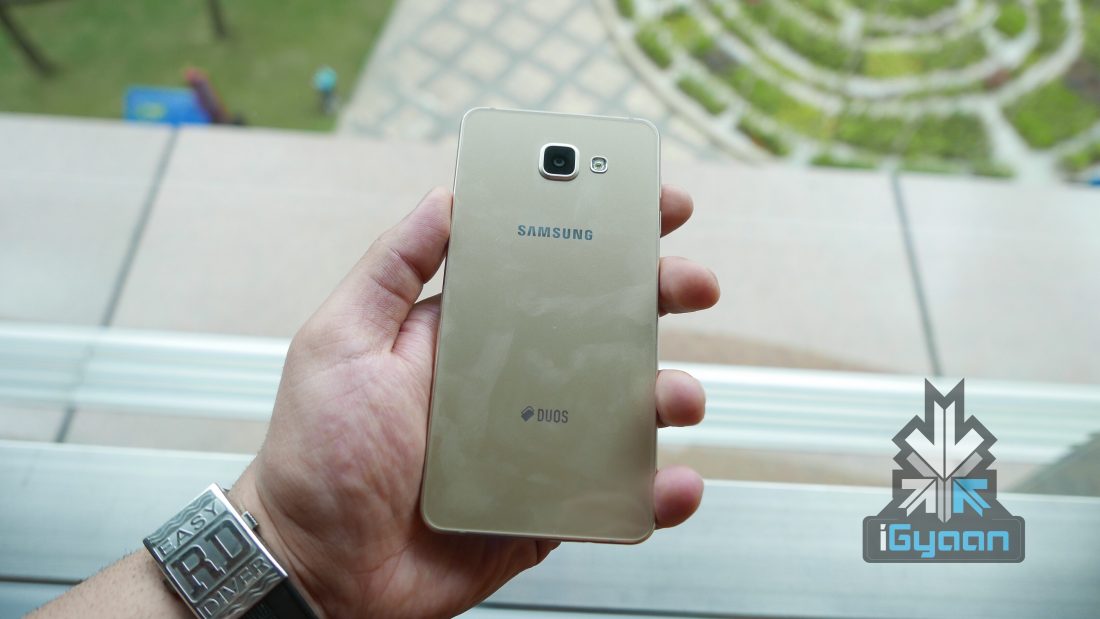
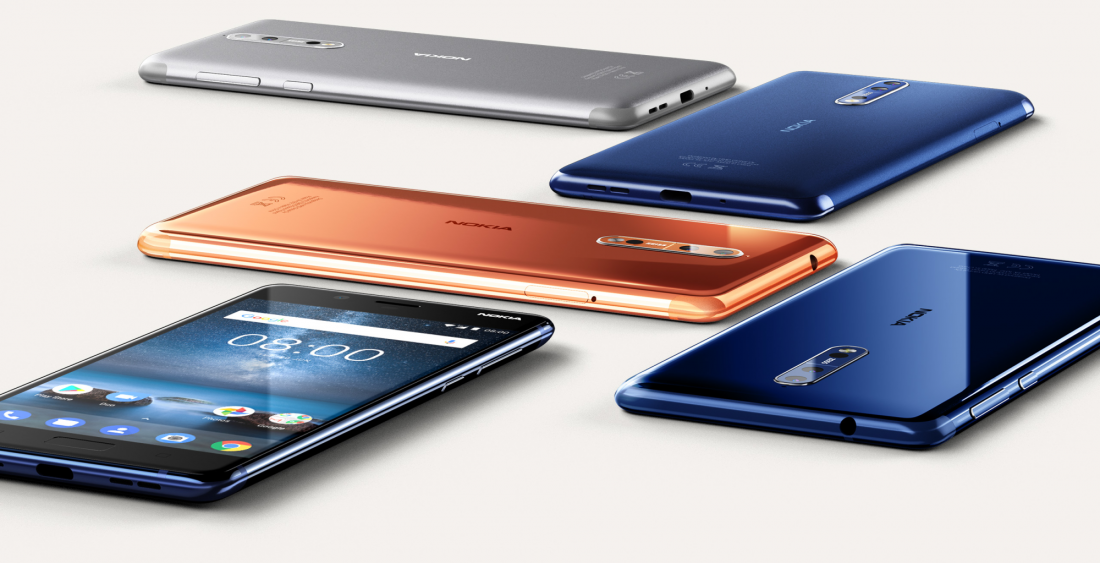
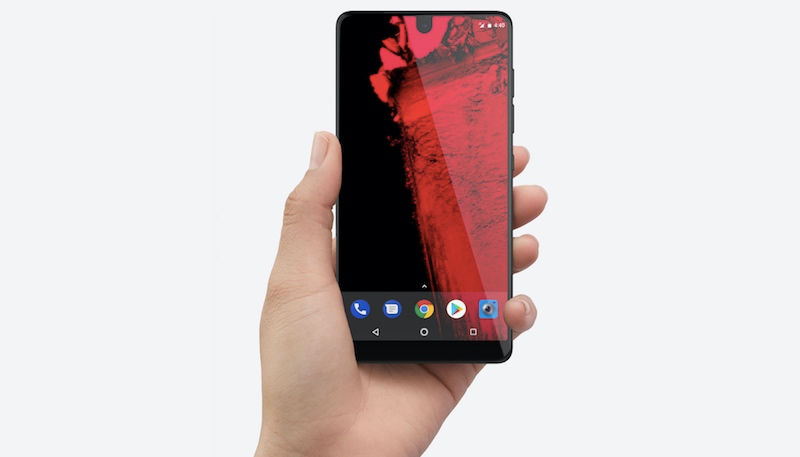
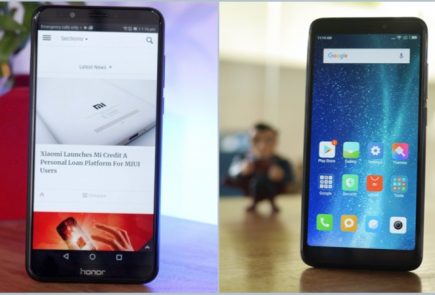
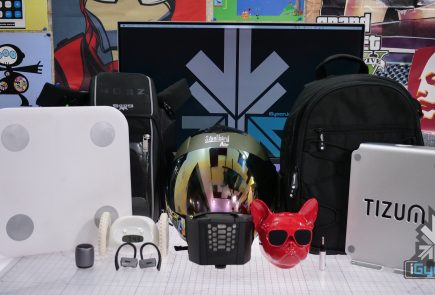
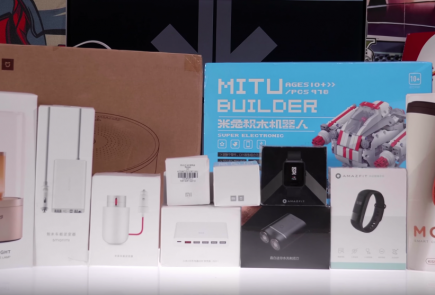
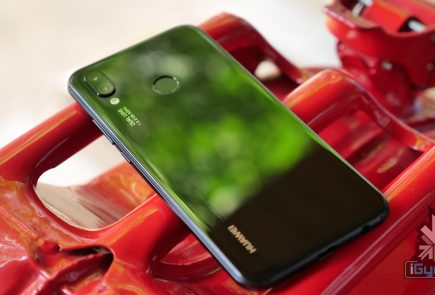
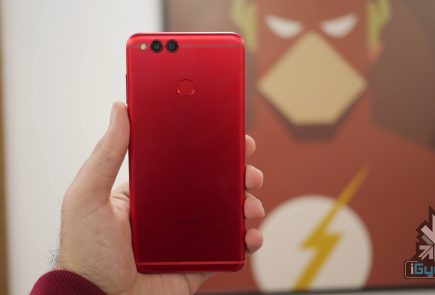
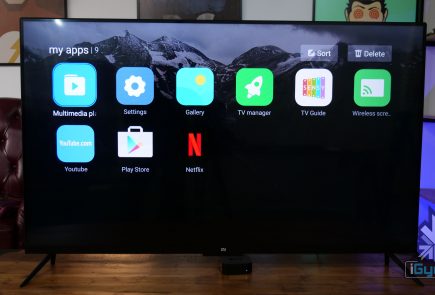


 ! For i
! For i